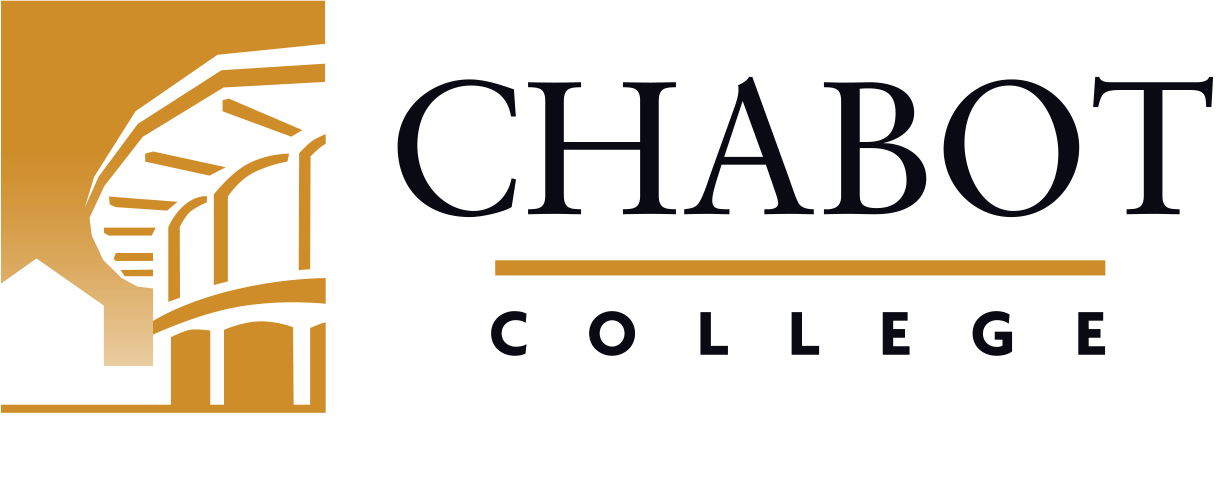
Course Outline for Art 13C
Acrylic Painting - Advanced I
Effective: Fall 2022
SLO Rev: 08/10/2021
SLO Rev: 08/10/2021
Catalog Description:
ART 13C - Acrylic Painting - Advanced I
3.00 Units
Advanced projects in acrylic painting with emphasis on individual creative work and development of personal ideas and style.
Prerequisite: ART 13B.
1002.10 - Painting and Drawing
Optional
| Type | Units | Inside of Class Hours | Outside of Class Hours | Total Student Learning Hours |
|---|---|---|---|---|
| Lecture | 2.00 | 36.00 | 72.00 | 108.00 |
| Laboratory | 1.00 | 72.00 | 0.00 | 72.00 |
| Total | 3.00 | 108.00 | 72.00 | 180.00 |
Measurable Objectives:
Upon completion of this course, the student should be able to:
- use terminology, tools, techniques, supports and grounds for acrylic painting with competence;
- apply a variety of tools and techniques to alter a painting’s two-dimensional surface to an illusionistic space;
- define and pursue individual project goals and successfully design and execute a final project start to finish;
- complete paintings in a variety of subject matter including, still life, landscape, figural and non-representational art;
- create a series of work based upon their own concepts and ideas;
- utilize museums and galleries as a learning source.
Course Content:
Course Content (Lecture):
- Advanced competency in the use of
- Terminology
- tools
- techniques
- supports
- grounds for acrylic painting
- Tools and techniques to alter a painting’s two-dimensional surface to an illusionistic space;
- Conceptual and emotional aspectis of the painted image
- Exploration of a variety of subject matter
- still life
- landscape
- figure
- non-representational painting
Course Content (Studio):
- Student will apply advanced competency in their painted works use of:
- terminology
- tools
- techniques
- supports
- grounds
- mediums for acrylic paint
- Student will apply a variety of strategies of paint manipulation during the painting of their works of art
- Students will apply conceptual and emotional assumptions of oneself and painters other than oneself during the creative process
- Create a series of work based upon their own concepts and ideas
Methods of Instruction:
- Examples of student and professional work
- Lecture/Discussion
- Studio
- Demonstration/Exercise
- Distance Education
- Museum and/or gallery visit with an appropriate exhibition
- Slides and videos
Assignments and Methods of Evaluating Student Progress:
- Collage. Apply a thick coat of acrylic gesso to the surface of canvas or Masonite. Press the magazine image (which has been previously moistened in water) face down on the wet gesso. Allow it to dry thoroughly and then gently rub with a sponge that has been moistened with warm water to remove the backing paper. The image will be revealed in reverse, neatly transferred to the painting surface.
- Paint a series of paintings (2 to 4) that visualizes a personal, emotional outlook. These pictures should have common themes and similar images, yet be different paintings; therefore, teaching the student to develop multiple answers to a single theme or idea.
- Create of series of work in consultation with the instructor
- Go to museums and galleries to choose specific artists' techniques and concepts that you can incorporate in your own paintings
- Class Work
- Student output
- Projects
- Critique
- Portfolios
Upon the completion of this course, the student should be able to:
- Use terminology, tools, techniques, support and grounds for painting with competence.
- Develop a unique body of work that successfully promotes the students ideas while refining existing painting skills and techniques.
- Create paintings using a variety of subject matter and genres.
Textbooks (Typical):
- Joshi, Gita (2020). Show Your Art: How to Build an Art Career Without a Gallery Independently Published .
- acrylics
- canvases and stretcher bars
- brushes and mediums
- various applicable materials
Abbreviated Class Schedule Description:
Advanced projects in acrylic painting with emphasis on individual creative work and development of personal ideas and style.
Prerequisite: ART 13B.